How Dreamy Is Barbara Kingsolver's Appalachian Garden?
The novelist tells us about ghosts, tomato sauce, and three favorite books.
Hi! How’s your week going? We saw old friends last night, and it was funny to watch our kids, who were young last time, meet again as teenagers. I also realized how deep Toby’s voice has gotten!
For this issue, very excitingly, Big Salad editor Kaitlyn Teer spoke with author Barbara Kingsolver. Have you read Demon Copperhead? Her Pulitzer Prize-winning novel about the opioid crisis in Appalachia brought me to my knees. It’s funny, charming, gritty, moving, and devastating — to read it is to love it. This past weekend, Barbara also threw a celebration for Higher Ground, the women’s recovery residence she founded this year with the book royalties.
Barbara, who grew up in Kentucky, now lives with her husband on a farm in southwestern Virginia. “If I had to boil down the secret to a long relationship, it’d be to find someone who makes you laugh and shares your sense of wonder,” she says, of her 30-year marriage. “My favorite thing about life on our farm is spending time outside every day. Sometimes we pull weeds; other times Steven wants to show me a hummingbird nest in the woods, or we just need to go out and smell the fall.”
Here, Barbara reveals what people get wrong about Appalachia, her three favorite books, and a jaw-dropping tour of her garden…
First, we talked to Barbara about her creative process…
Why did you want to write about the opioid crisis in Appalachia? For years, I wanted to write what I thought of as ‘the Great Appalachian Novel’ — and to set the record straight about this place I love. I wanted to address the problems we face, by sharing the history of how outsiders — from coal companies to pharmaceutical companies — have treated this region. A whole generation has been orphaned by opioid addiction. But I couldn’t find a way into the story.
How did you figure out how to write it? After doing a book tour in England, I spent a weekend with my husband at Bleak House, the former seaside house of Charles Dickens, where he’d written David Copperfield. Since it was November, we were the only guests. One night, sitting at Dickens’s desk in his study, looking out at the ocean, I got this weird feeling that he was there. He started talking to me. ‘You think no one will want to read about orphans and institutional poverty? Here’s what you have to do,” he said, “You let the child tell the story.’ And I thought, that’s it! That’s how you get past people’s prejudices because people will believe a child. I decided right then that I would do a modern retelling of David Copperfield, and I started writing it right there at his desk.
Do you have any writing rituals? No, I just go to work. I think that’s because I became a mother and novelist on the same day. I wrote my first novel while I was pregnant because I had terrible insomnia. I came home from the hospital with my new baby, and the answering machine was blinking with the message, ‘You have an offer from HarperCollins Publishers.’ It was too much to believe! So, I became very efficient. When my kids were older, I wrote while they were at school. My muse was the school bus.
How did you craft Demon’s voice? He speaks in such beautiful idioms: “like a bag of gravel,” or “you lie down with snakes, you get up with the urge to bite back.” That’s my native tongue — Appalachian speech is so beautiful. The funny thing is, when I left Appalachia and encountered the biases that people have, I swallowed my tongue. Not just my accent, but also the colorful way we say things. I don’t think I recovered my native tongue until Demon came along. I thought, I’m going to get in there and roll around in Appalachian diction.
Was it challenging to write from the perspective of a teenage boy? When people discuss the book online, they’ll sometimes say, This book is great but have you seen her picture? She’s an old lady! But I remember what it was like to be a teenager like it was yesterday. When you’re a teen, everything is so intense. And I raised two girls so I spent many years with teenage boys in my house. I know a lot about what they want and how they think!
What misconceptions do people have about Appalachia? There are the obvious ones — we’re backwards, uneducated, unwashed. But the one that really bothers me is the assumption that we’re a white Republican monoculture. We’re all kinds of people here — from many backgrounds and religions, races, sexual orientations. It doesn’t do any good to erase nuance.
You opened Higher Ground Women’s Recovery Residence in February. How is it going? We purchased the house with book royalties, and then the community of Pennington Gap has helped so much. Church groups furnished the rooms, and the community college offers free tuition for classes. It has been a wonderful thing to watch. It’s how we put our communities and families back together — one person in recovery at a time.
That’s incredible. How does it make you feel? Sometimes I just have to sing! While writing Demon, I actually made a playlist of modern Appalachian music — Tyler Childers, Senora May, and Paper Wings.
We asked Barbara to share her three favorite books…
Middlemarch by George Elliot: I reread Middlemarch every decade of my life, and every time it feels like a new book. When I was younger, I was all about Dorothea and the question of who you choose as a lifemate. As I get older, I’ve become more interested in its observations about marriage, inheritance, neighborliness, and local gossip.
Cannery Row by John Steinbeck: When I read Cannery Row, it was the first time I realized I could write a book like this. It may not be the greatest of Steinbeck’s books, but it’s the one that made me want to be a writer because it’s about ordinary people.
Pilgrim at Tinker Creek by Annie Dillard: I was 20 when I read Pilgrim at Tinker Creek, and it felt like getting a front-row seat to the wonders of the natural world. The language is exquisite, almost intoxicating. Reading it opened my eyes to a way of being present in the world that has pretty much become my religion.
Finally, Barbara shows us around her farm in southwestern Virginia…
On the cool thing about Icelandic sheep: We’ve had Icelandic sheep for 20 years. I knit with their wool, which has the most interesting colors — white, brown spotted, black, even a beautiful pinkish brown. I also design knitting patterns.
On a mishap: One morning, while I was writing, I looked out the window and there was our donkey with her face in my garden, eating flowers! Our donkey, as well as our flock of sheep, had escaped. I had to run out and get them all back in the barn. It was no easy trick because they had tasted freedom and the daisies.
On a dream garden: My goal as a child was to have an English cottage garden. Now, in our front yard, at any given time, there are 20 kinds of flowers blooming. We’ve just finished with the peonies and irises, and we’re moving into the yellow primroses, bee balm, daisies, black-eyed Susans, rudbeckia, and blue salvias. The roses are starting to come on. It’s my childhood dream come true.
On a life partner: Steven and I met as college professors in 1993. I was giving a guest lecture, and he could tell I was very tired, so he suggested getting some ‘farm therapy.’ I went to his farm and thought, This is the most beautiful place I’ve ever seen. I want to live here. We fell in love, and the plans we had mapped out for ourselves went kablooey. We invented a new life together.
On canning: Each year, we grow 40 different tomato plants, then can about 50 pints of marinara sauce, which is a family recipe. We also ‘pressure can’ vegetable soup with potatoes, onions, carrots, and beets, or whatever else is growing. In late summer, the canning days start early and run late, but Steven and I do it together. You never want it to feel like work, you want it to feel like joy.
On gardening with grandchildren: When I was a child, my grandmother had a flower garden in her backyard. It could not have been very big, but to me it was a wilderness. I could walk all around and pick things. That was so dreamy, so I replicated it in my own yard. Now I have two little grandboys who say, ‘Let’s go smell Grammy’s garden.’
“The greatest thing about getting older is that you have all these versions of yourself still inside you. Every decade that I’ve had is the best decade yet. Whatever I would tell my younger self is nothing that she’d listen to! She would just keep making her own mistakes, which is good, because making your mistakes is what leads to wisdom, like scar tissue — you have to live to get it.”
Barbara, thank you for this glimpse into your beautiful life!! We adore you!
Seaweed Artwork. A piece we love in our home.
I Couldn’t Stop Thinking About This Cake, So I Tracked Down The Recipe. I even ate it for breakfast.
What’s Happening With Immigration Raids (and How to Help). A breakdown of what's happening in L.A. and across the country.
What Are Your Dad’s Rules for Life? “Everyone should get a Honda Fit.”
(Opening photo by Evan Kafka. Interview by Kaitlyn Teer. Note: If you buy something through our links, we may earn an affiliate commission or have a sponsored relationship with the brand, at no cost to you. We recommend only products we genuinely like and use ourselves. Thank you so much.)
Thank you for reading! Please subscribe if you’d like to get future issues and access to our juicy archives. We love this community so much and are grateful you’re here.










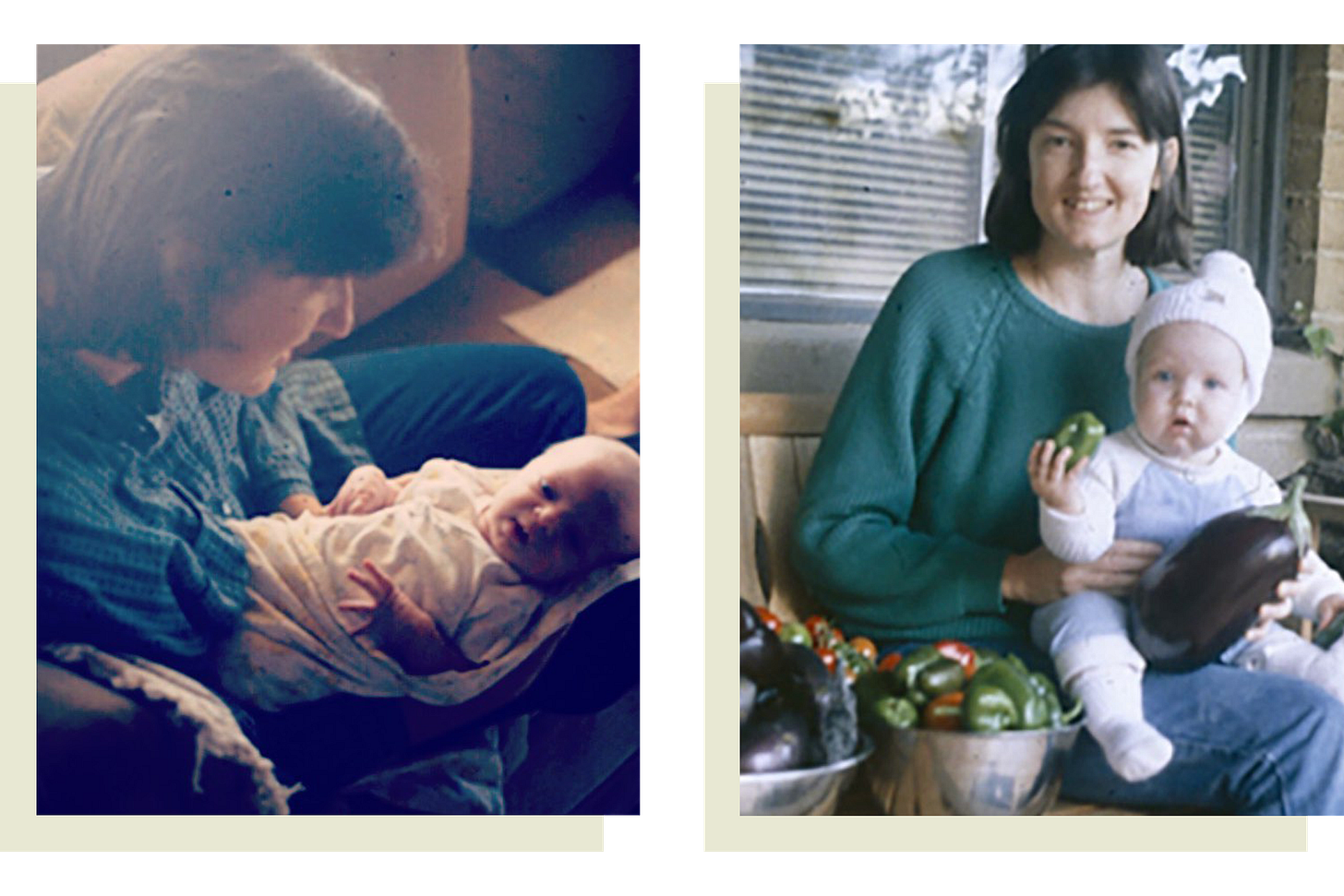
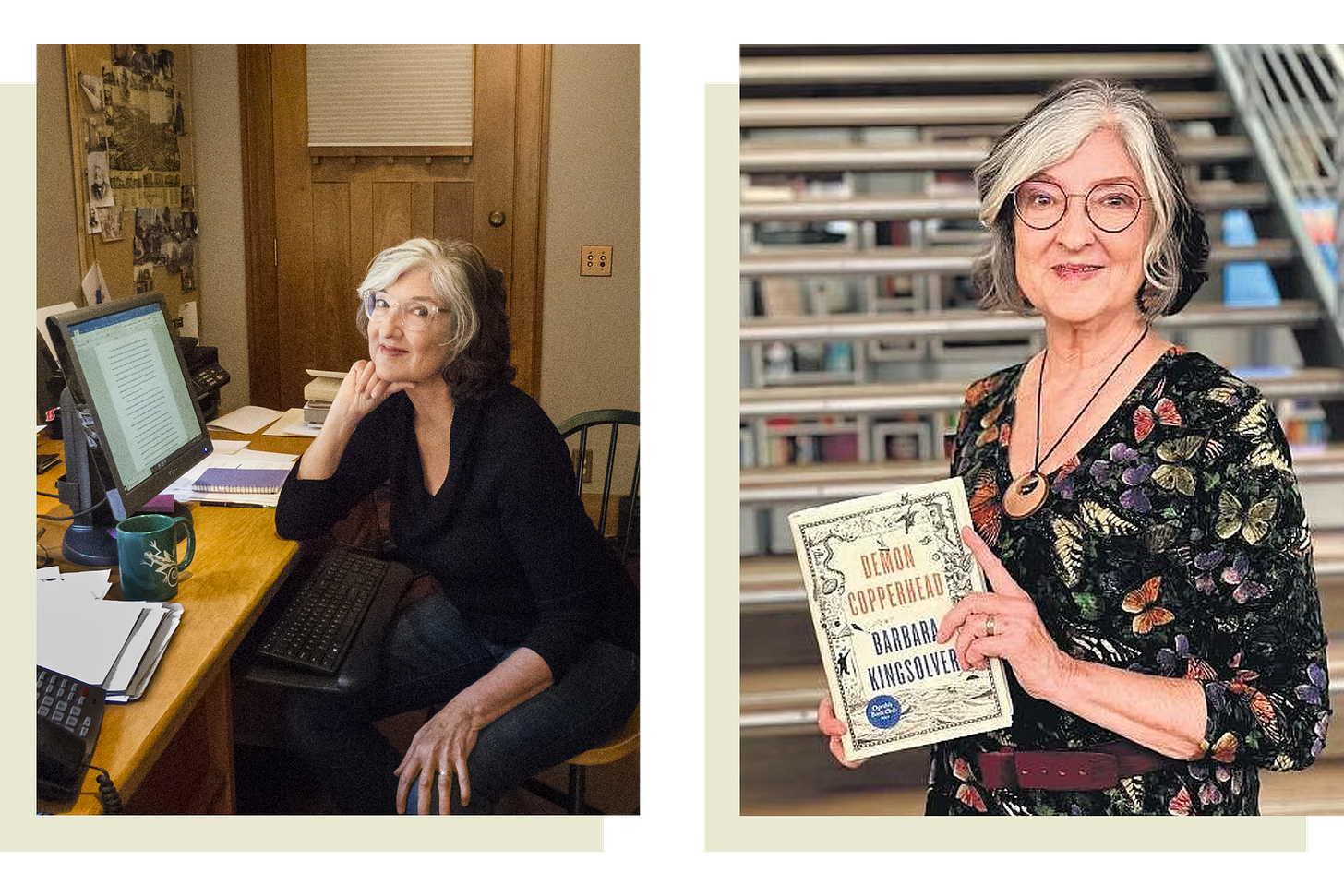






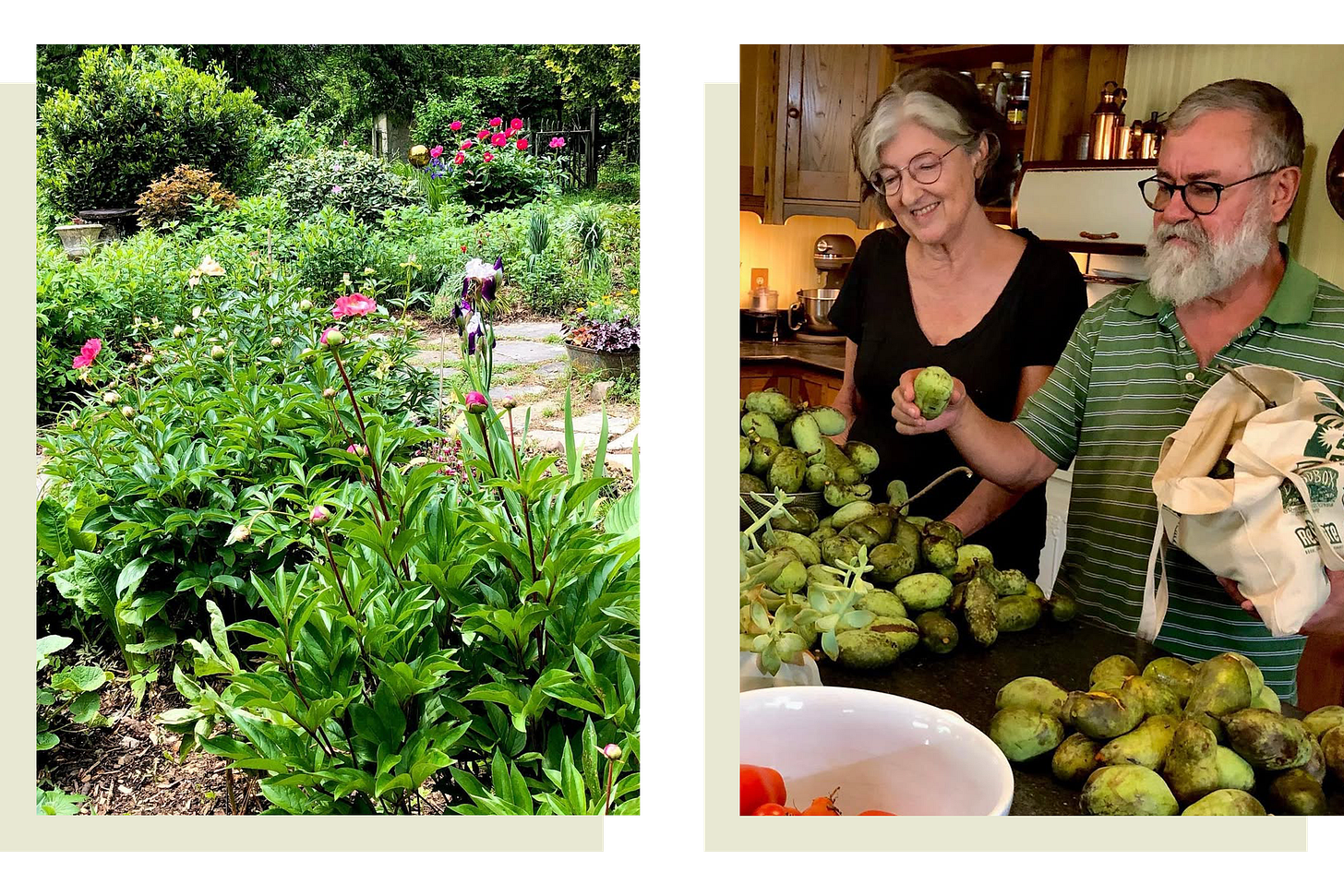


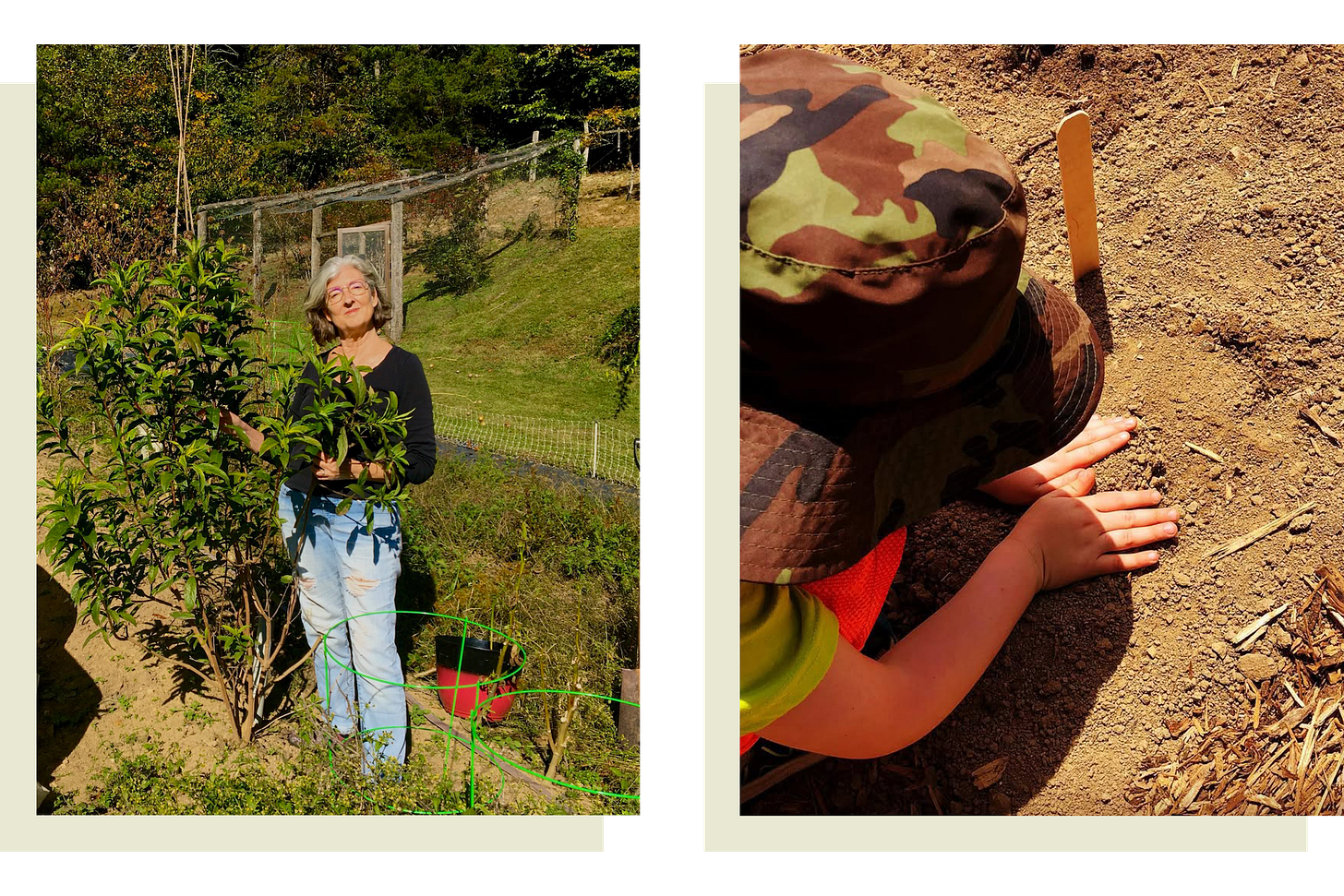





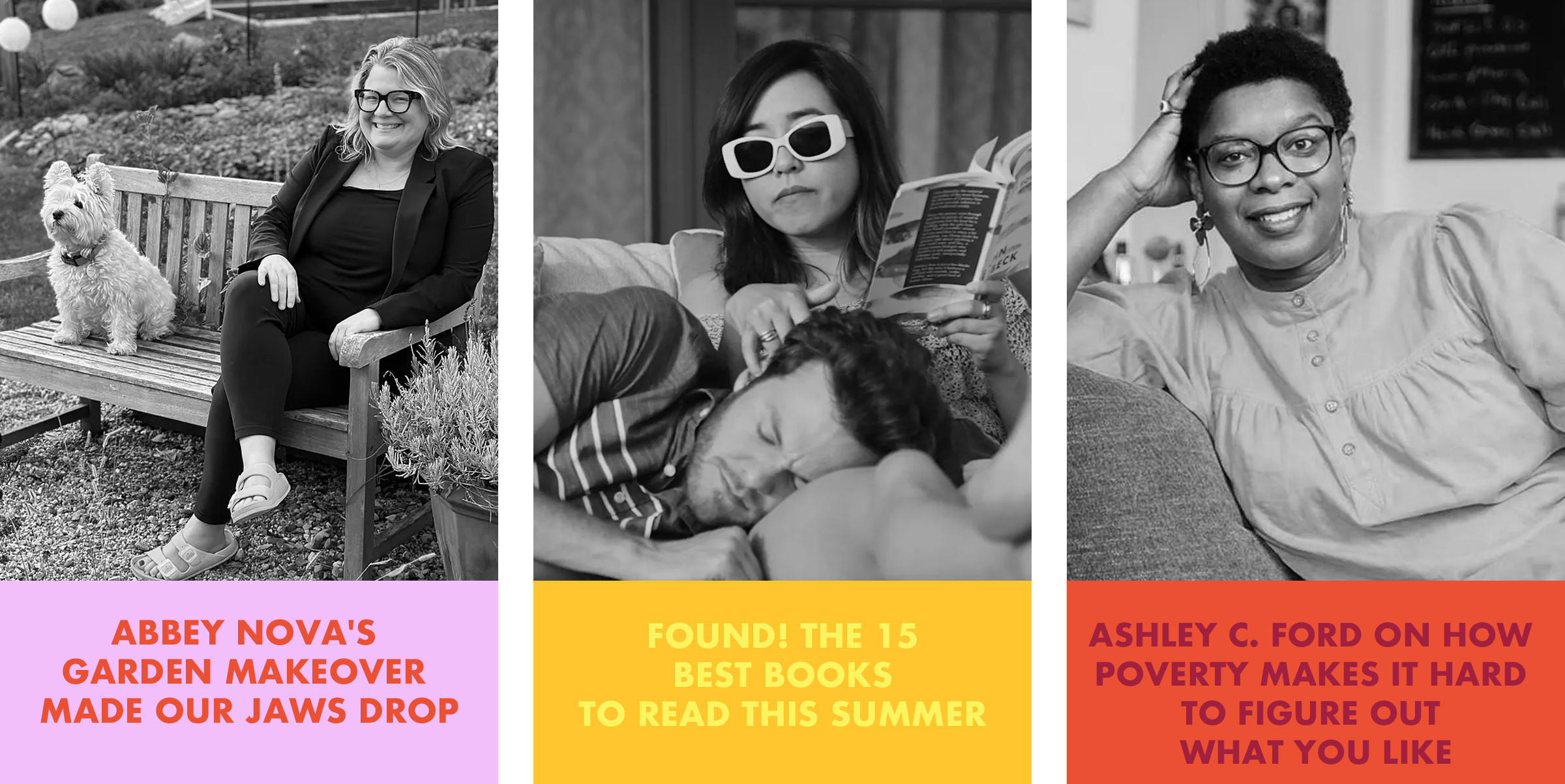




For some reason I've been just craving and loving interviews with older women (I'm in my late 30s). There's just something so comforting hearing about women who have done a lot of cool shit in their life. So much about her life is aspirational!!!!!! Knitting, gardening, writing, all of it. Thanks big salad, this one I'll come back to over and over again!!! 💙
i love barbara kingsolver. my favorite contemporary author. i always tell people my fun fact (though it’s not really mine) is that my husband used to babysit her kids (at the unitarian church). he refers to her as barbara - im like, pulitzer prize winner barbara kingsolver!?!